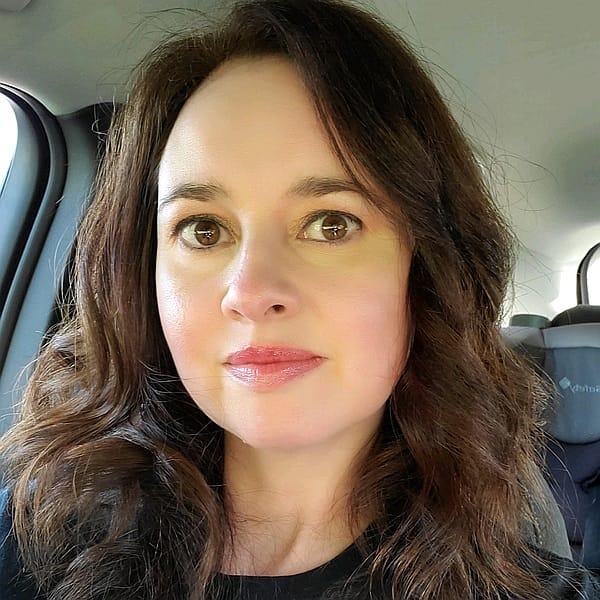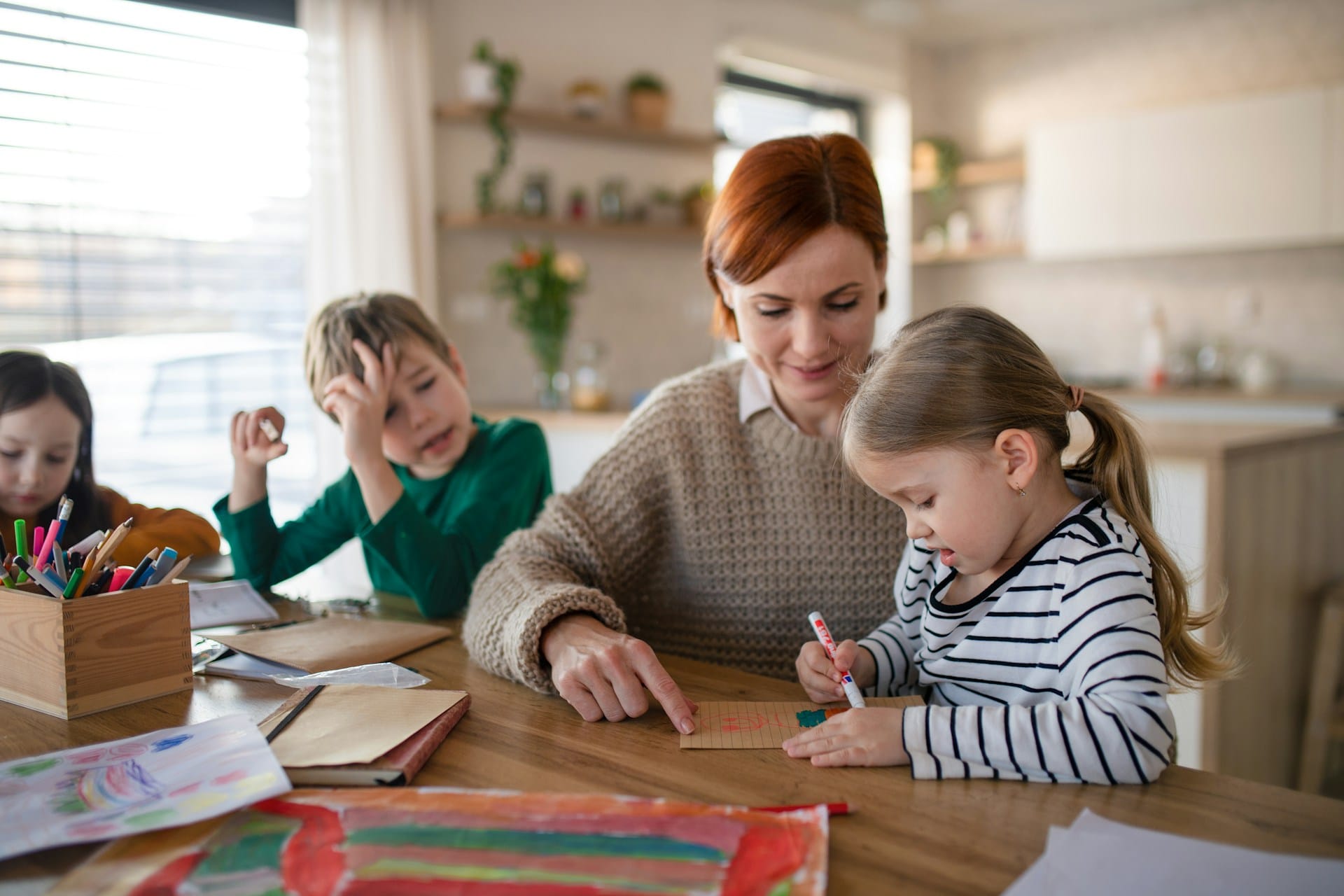ADHD in children can make it more difficult for them to calm down. Their minds are always working, and sometimes they become overwhelmed or overstimulated, creating behavioral outbursts or emotional meltdowns.
You can circumvent these by engaging their minds and bodies in fun activities that require them to use their senses. Watching a movie is fine, but your child may lose interest after 30 to 45 minutes. They need activities where they can move, think, and engage their senses. By knowing how to approach the symptoms of ADHD in children, you can help them learn through play.
Fun Activities
Sight, smell, hearing, touch, and taste. For children with ADHD, engaging their senses and having fun is the best way to learn. Too many people take a classic teaching approach by having children sit and listen. This works well with some children. But ADHD in children can keep them distracted. They need to move.
The following are several fun activities you can try with your children. ADHD in children is a mental condition, but it does not define them. They need to experience the world slightly differently from what other children do. Make it fun, and they will learn.
Hiking
Outdoor adventures can help children get grounded in nature and engage their senses. They can explore the world as God’s creation, touching the dirt and tree bark, identifying plants, smelling the flowers and earthy tones of moss, and listening to the birds and insects chirp and buzz.
Hiking is a practical and fun activity that benefits the mind and body. It keeps hearts healthy, and that heart-pumping activity triggers the release of endorphins and brain chemicals, like serotonin, that boost mood.
Map out a trail well before you start and teach your child to stay close as you hike. Make a game out of it, pointing out the various sights and sounds. Identify different plants or bird calls, or collect rocks to paint later.
Scavenger Hunts
One of the best ways to remember something is to make a game out of it. Scavenger hunts are fun and useful when visiting a place or simply at home on a rainy day. If you visit a landmark, park, historical site, or museum, research items and create your own scavenger hunt sheet for your children. As they find each item, explain its significance.
 If you are at home, create a scavenger hunt with items in the house. They could be everyday items (like a green sock, cat toy, or favorite mug) or sentimental items (Grandma’s patchwork quilt). For more engagement, have your child create a scavenger hunt for you to do in their room with their toys.
If you are at home, create a scavenger hunt with items in the house. They could be everyday items (like a green sock, cat toy, or favorite mug) or sentimental items (Grandma’s patchwork quilt). For more engagement, have your child create a scavenger hunt for you to do in their room with their toys.
Sensory Play
Sensory play improves both fine motor and gross motor skills. The activities engage the senses. The child feels the material’s texture, can experience the scent attached to it, and brings their imagination to life. Play-dough, finger paint, slime, and kinetic sand are all examples of sensory play materials.
Some classrooms keep these items in stock to use during playtime or free time. You can also stock your own supply of various materials, colors, and scents. You do not want your child to eat any of these materials, so ensure that any you purchase are nontoxic, supervise play, and impress upon your child not to put any into their mouth.
Art, Music, and Writing
Children need creative outlets. Often, children with mental conditions, such as ADHD or autism, need more opportunities to express themselves. Art, crafts, music, and writing are just a few ways children can show how they feel and find meaning in their world.
Although schools teach these subjects, provide your child with supplies to show off their creativity at home. You could set up a small tote with various art supplies, purchase a used keyboard for music, or provide pretty notebooks and pencils to write their own stories. It doesn’t need to be expensive. Ask your child to explain their creative projects and praise their work.
Example of a Fun Day
A fun day doesn’t have to be expensive. For example, you could start at the local park and allow your child to play on the playground or at the splash pad. Next, provide a snack to help them refuel from physical play, and introduce a craft. Praise them for their creative ideas.
When you get home, encourage them to bring out their art supplies or notebook and write or draw while you make dinner. After dinner, have them show off their work and help you plan a scavenger hunt for the following weekend at the children’s museum.
Need help for ADHD in children?
Are the symptoms of ADHD in children making life challenging? Do you need help with behavioral and emotional issues stemming from this mental condition? Reach out to our office today at Laguna Christian Counseling to schedule a session with a counselor in Laguna, California. The Christian counselors in Laguna specialize in ADHD in children and its effects. Call us today to get started.
Photo:
“Wildflowers”, Courtesy of Annie Spratt, Unsplash.com, Unsplash+ License
- Melissa Plantz: Author
Melissa Plantz is a Christian author and freelance writer. She spent twenty years in the pharmacy industry and has specialized in faith, fitness, nutrition, geriatrics, and mental health since 2015. She writes from the beautiful Lake Marion area in S...
DISCLAIMER: THIS ARTICLE DOES NOT PROVIDE MEDICAL ADVICE
Articles are intended for informational purposes only and do not constitute medical advice; the content is not intended to be a substitute for professional medical advice, diagnosis, or treatment. All opinions expressed by authors and quoted sources are their own and do not necessarily reflect the opinions of the editors, publishers or editorial boards of Stone Oak Christian Counseling. This website does not recommend or endorse any specific tests, physicians, products, procedures, opinions, or other information that may be mentioned on the Site. Reliance on any information provided by this website is solely at your own risk.





